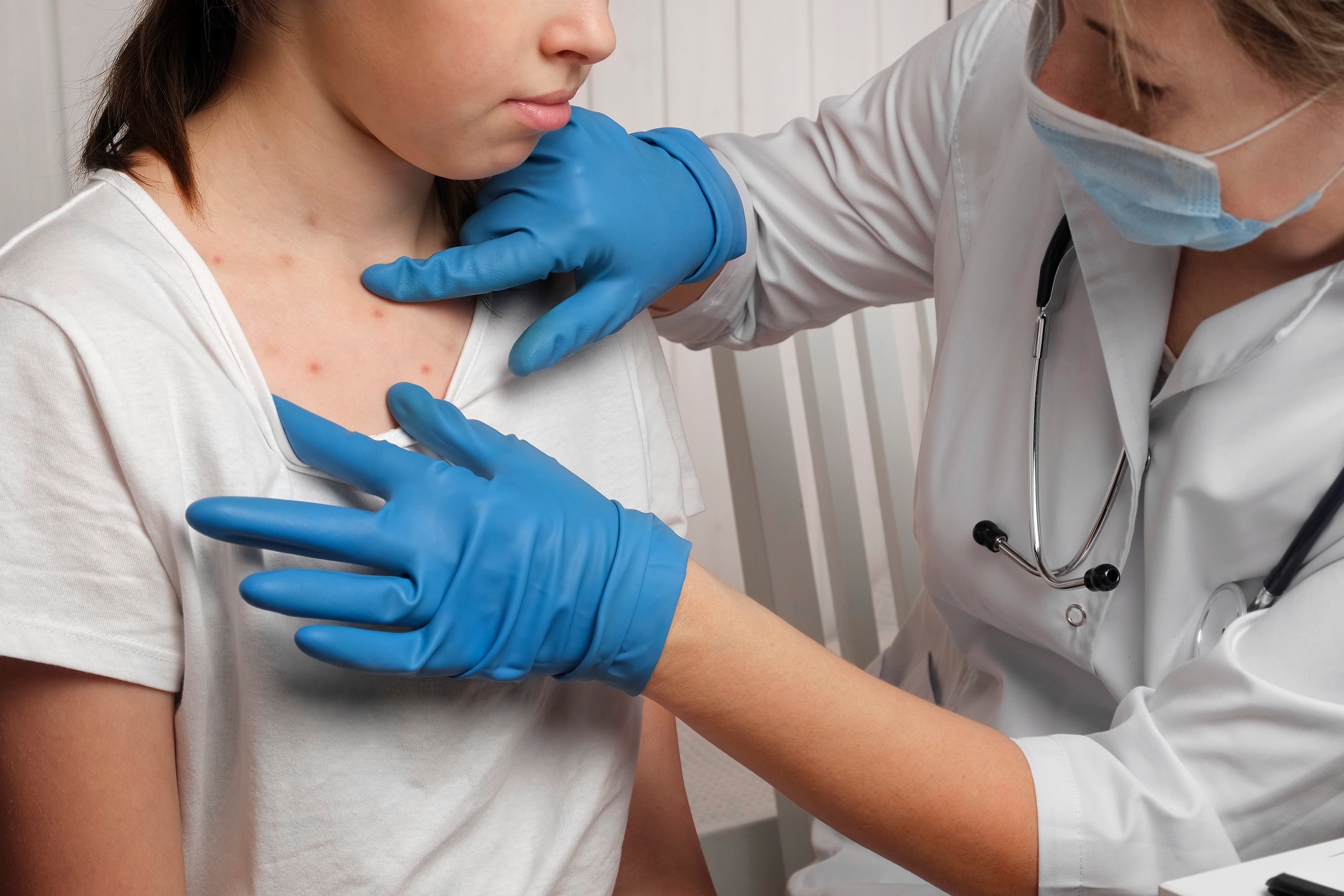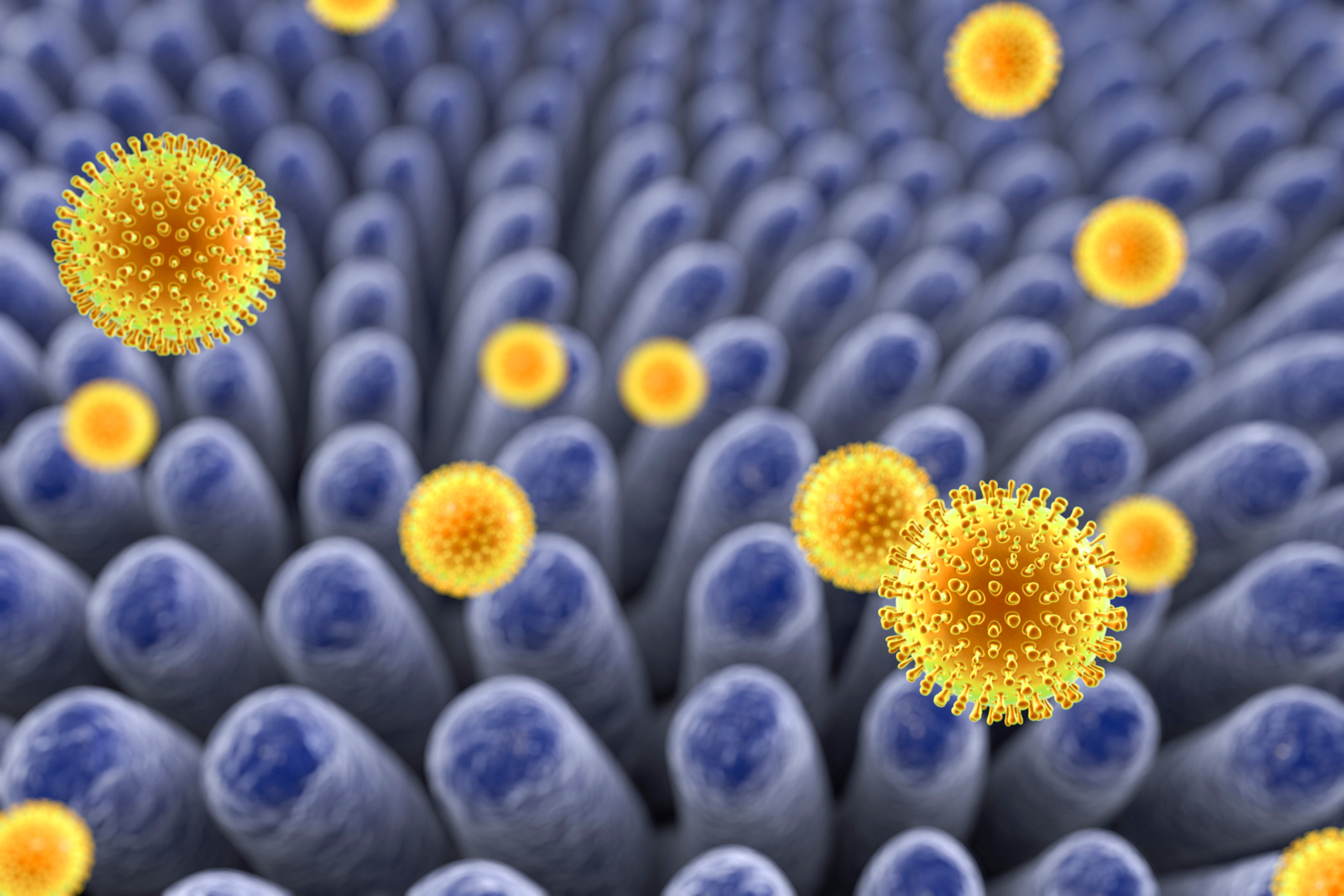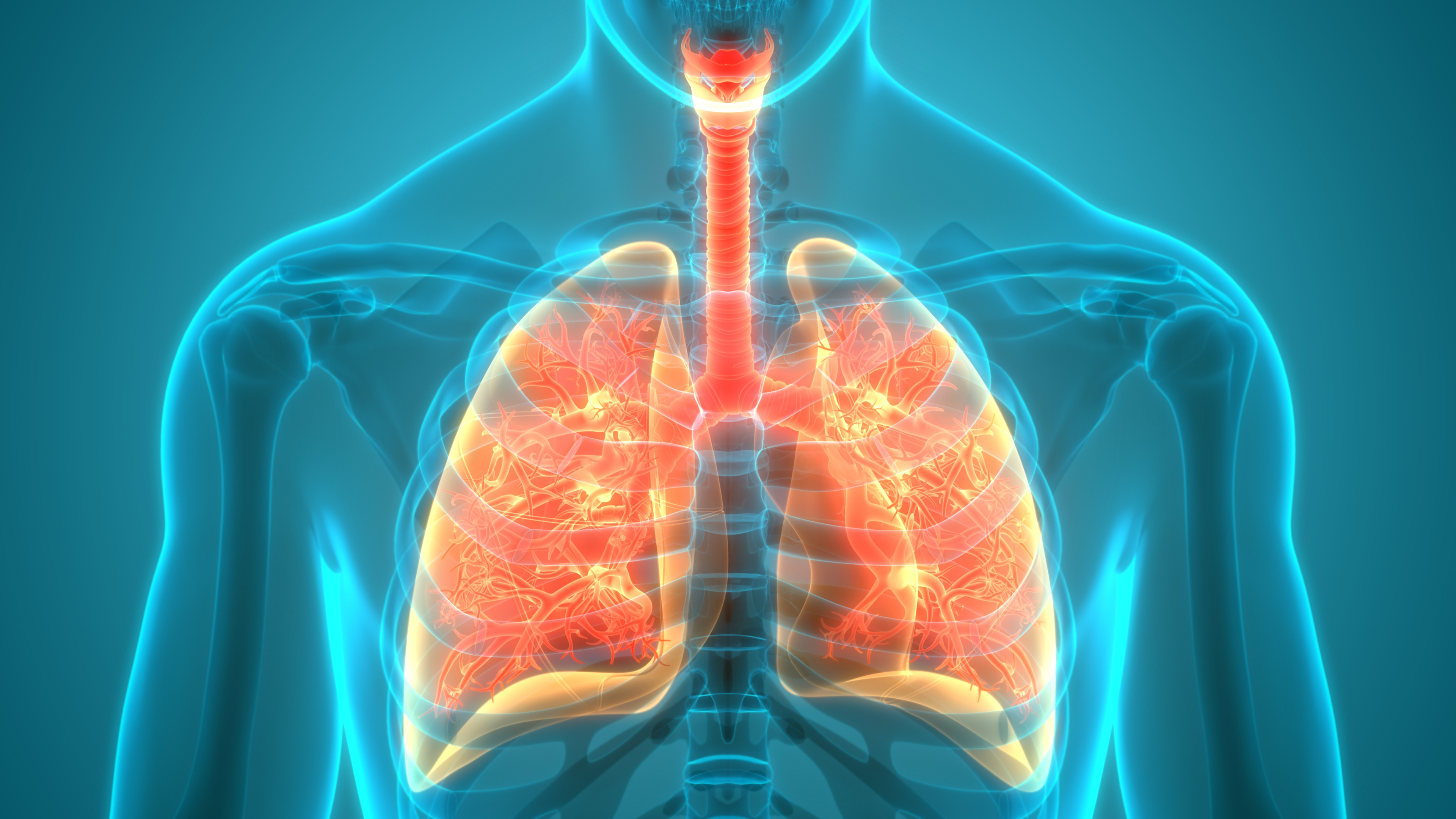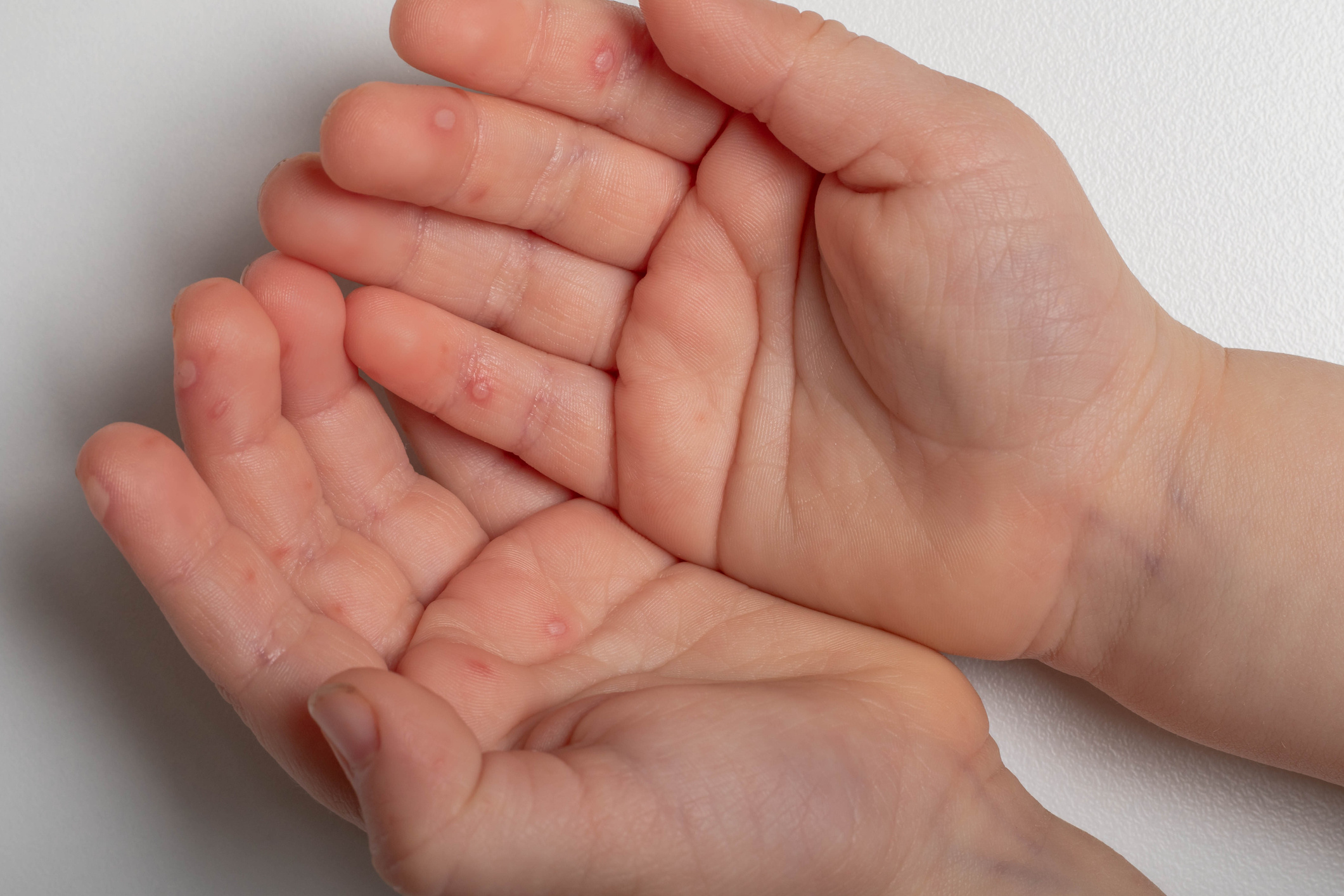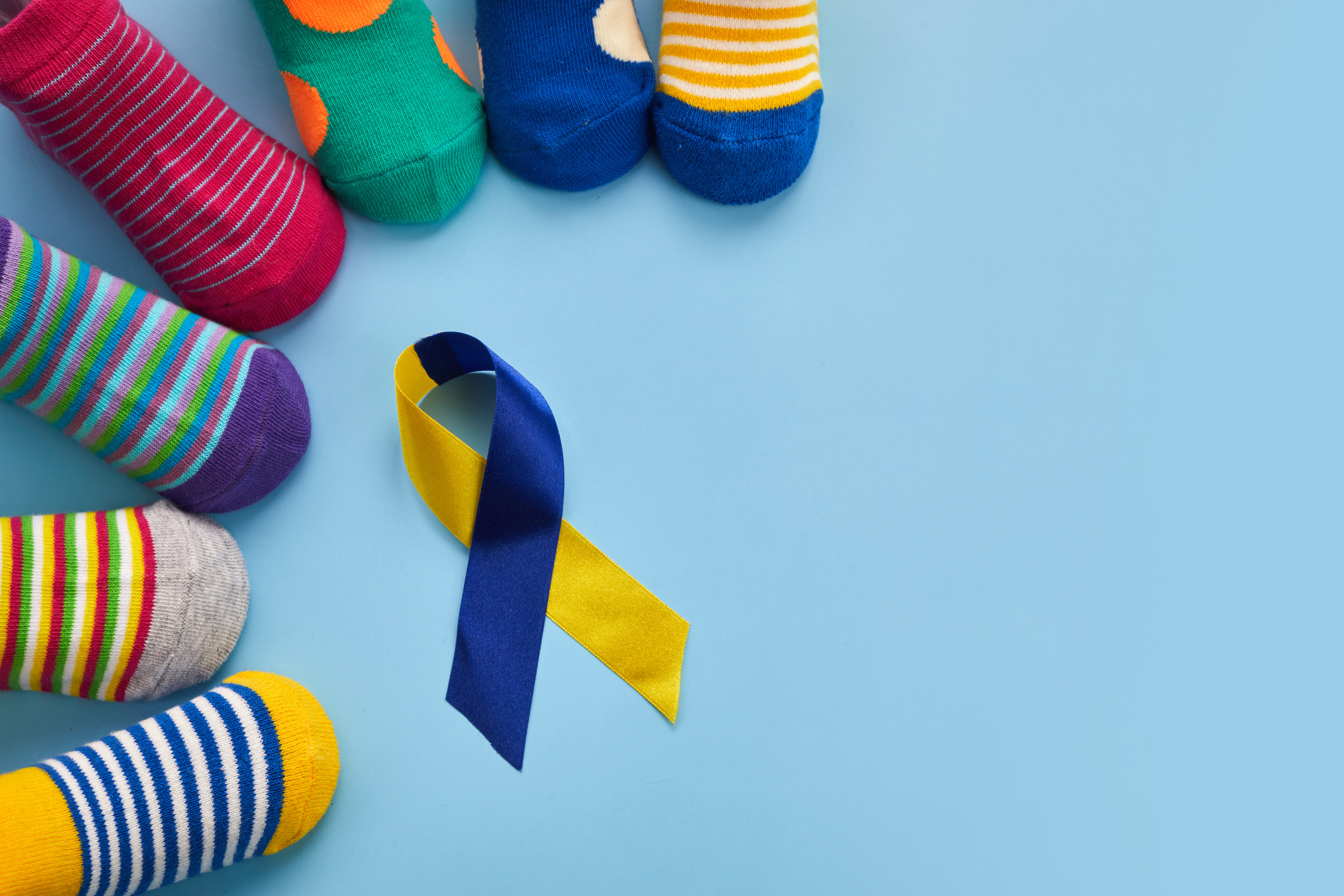
Nermin Tansuğ
Since 2022, she has been working as a pediatric specialist at Anadolu Health Center.
Speciality
- Neonatal Intensive Care
Education
Izmir Female High School
1972-1975
Bachelor/Master's Degree
Ege University Ege Faculty of Medicine
1976-1982
Specialty in Medicine
Dokuz Eylul University Faculty of Medicine Department of Child Health and Diseases
1986-199
MINOR SPECIALTY
Ege University Faculty of Medicine, Department of Child Health and Diseases, Department of Neonatology
1993-1995
Institutions Worked At
- Turkish Medical Association Kocaeli Medical Chamber
- Turkish National Pediatric Association
- Turkish Neonatology Association
- Baby Health Association
- Aegean Perinatology Society
- Newborn Resuscitation Program Trainer Training, 2000- Manisa
- Child Advanced Life Support (ÇİLYAD) Trainer Training, 2005- İzmir
- Good Clinical Practices Celal Bayar University Faculty of Medicine, 26-27 February 2009-Manisa
- Ethical Approach in Clinical Research Course, 20-21 April 2009-İzmir
- Experimental Animal Use Certificate Course Program (80 hours, category B, accredited researcher), Dokuz Eylül University Animal Experiments Local Ethics Committee, 12-21 April 2010 -İzmir
A. Articles published in international peer-reviewed journals:
A1. Özkınay F, Akısü M, Oral R, Tansuğ N, Özyürek R, Kültürsay N. Spondylocostal dysplasia and cardiac anomalies in one dizygotic twin. Turkish J Pediatric 1996;38(3):381-384
A2. Özkınay F, Akısü M, Kültürsay N, Oral R, Tansuğ N, Sapmaz G. Agenesis of the corpus callosum in Schinzel-Giedion syndrome associated with 47,XXY karyotype. Clin Genet. 1996;50(3):145-148
A3. Coskun S, Yüksel H, Bilgi Y, Lacin S, Tansuğ N, Onağ A. Non-invasive evaluation of the adaptations of cardiac function in the neonatal period: A comparison of healthy infants delivered by vaginal route and caesarean section. Acta Med Okayama. 2001;55(4):213-218
A4. Genç A, Taneli C, Tansuğ N, Kasırga E, Yılmaz D, Küçükoğlu T, Onağ A. Evaluation of the location of the anus by a modified tecnique in the neonate. J Pediatric Surg. 2002;37(1):80-82
A5. Tokuşoğlu Ö, Tansuğ N, Akşit S, Dinç G, Kasırga E, Özcan C. Retinol and alpha-tocopherol concentrations in breast milk of Turkish lactating mothers under various socio-economic status. Int J Food Sci Nutr. 2008;59(2):166-174
A6. Tansuğ N, Polat M, Çeşme S, Taneli F, Gözmen S, Tokuşoğlu Ö, Yılmaz D, Dinç G. Vitamin A status of healthy children in Manisa, Turkey. Nutrition Journal 2010;9(1):34-38
A7. Turkish Neonatal Society; Nosocomial Infections Study Group (Collaborators: Oygür N, Kavuncuoğlu S, Özbek S, Tansuğ N, Perk Y, Ilıkkan B, Satar M, Yıldıztaş HY, Duman N, Kumral A, Zenciroğlu A, Tanır G, Kültürsay N, Köroğlu OA, Akşit A, Tekin N, Yiğit S, Korkmaz A, Gökalp AS, Arısoy AE, Özek E, Bilgen H, Atıcı A, Turhan AH, Çetin H, Acunaş B, Vatansever U, Say A, Güven F). Nosocomial infections in neonatal units in Turkey: epidemiology, problems, unit policies and opinions of healthcare workers. Turk J Pediatr. 2010;52(1):50-57
A8. Tansuğ N, Yıldırım SA, Canda E, Özalp D, Yılmaz Ö, Taneli F, Ersoy B: Changes in quantitative ultrasound in preterm and term infants during the first year of life. Eur J Radiol. 2011;79(3):428-431
A9. Seymenoğlu G, Başer E, Tansuğ N, Demireli P. An unusual association of Goldenhar syndrome. International Ophthalmology 2013;33(1):91-94
A10. Polat M, Şimşek A, Tansuğ N, Sezer RG, Özkol M, Başpınar P, Tekgül H. Prediction of neurodevelopmental outcome in term neonates with hypoxic-ischemic encephalopathy. Eur J Paediatr Neurol. 2013;17(3):288-293
A11. Kültürsay N, Yalaz M, Köroğlu ÖA, MAR Neonatal Study Group (Collaborators: Türkmen MK, Oygür N, Türkmen MK, Oygür N, Tansug N, Alan S, Ünal S, Caner I, Akman I, Çakmak BÇ, Ecevit A, Tanyeri B, Bilgili G, Yapıcıoglu H, Bolat F, Duman N, Arslanoglu S, Narter F, Zenciroglu A, Yalaz M, Altuncu E, Öztürk A, Turhan AH, Koç E, Bas EK, Sivaslı E, Tunç T, Özdemir R, Çetin H, Perk Y, Ince Z, Büyükkale G, Aslan Y, Aliefendioglu D, Günlemez A, Memisoglu A, Tutak E, Narlı N, Örs R, Aygün C, Tekin N, Ergin H, Ertugrul S, Annagür A, Uslu S, Çetin H, Özdogan T, Günes S, Özer E, Acunas B, Tatlı M, Köksal N, Bozdag S, Topçuoglu S). Neonatal outcome following new assisted reproductive technology regulations in Turkey – a nationwide multicenter point prevalence study. J Matern Fetal Neonatal Med. 2015;28(2):204-209
A12. Tosun S, Olut AI, Tansuğ N. Adverse effects of single- component measles vaccine in school children. Vaccine 2017;35:7309-7311
A13. Akısü M, Kültürsay N, Oral R, Tansuğ N, Kabasakal C. Urinary N-acetyl-β-D-glucosaminidase excretion in asphyctic newborns - does it predict the development of acute renal failure? Turk J Med Sci. 1998;28(1):71-74
A14. Oral R, Akısü M, Kültürsay N, Vardar F, Tansuğ N. Neonatal klebsiella pneumonia sepsis and imipenem/cilastatin. Indian J Pediatr. 1998;65(1):121-129
A15. Kasırga E, Ertan P, Tosun S, Şanlıdağ T, Tansuğ N, Onağ A. Serological prevalence of Helicobacter pylori in children with recurrent abdominal pain in Manisa region, Western Turkey. International Medical Journal 2002;9(2):139-141
A16. Gülen H, Basarır F, Hakan N, Çiftdoğan DY, Tansuğ N, Onağ A. Premature labor and leukoerythroblastosis in a newborn with parvovirus B19 infection. Haematologica 2005; 90(11)e107-e108 Suppl: TOTAL 2 PIECES IN 1 CASSETTE
A17. Mirzai H, Başer EF, Tansuğ N, Neşe N, İşisağ A. Primary orbital neuroblastoma in a neonate. Indian J Ophthalmol 2006;54(3):206-208
A18. Ersoy B, Tansuğ N, Genç A, Kızılay D, Kiremitçi S, de Lonlay P. Persistent hyperinsulinemic hypoglycemia due to SUR1 (ABCC8) mutation in newborn twins: An eight-year follow-up. J Clin Res Pediatr Endocrinol. 2015;7:14
Articles published in national peer-reviewed journals:
B1. Özkan H, Erdem N, Olgun N, Dirik E, Tansuğ N. Holt Oram Syndrome. Journal of Ege University Faculty of Medicine 1987;26(1):369-377
B2. Dirik E, Olgun N, Anal Ö, Tansuğ N, Dirik G. Craniofacial dysostosis syndrome. Journal of Ege University Faculty of Medicine 1987;26(4):1787-1792
B3. Kültürsay N, Tansuğ N, Cin A, Taneli B.Congenital toxoplasmosis (clinical features of cases diagnosed in the EUTF Pediatrics Clinic between 1977-1992). T Parazitol magazine 1993;17(3-4):4-10
B4. Kültürsay N, Kütükçüler N, Tansuğ N, Kutlu O. Etiology, treatment and prognosis of early-onset and nosocomial septicemia in neonatal intensive care unit. Annals of Medical Sciences 1995;4(1):1-7
B5. Kültürsay N, Tansuğ N, Kütükçüler N, Tokbaş A, Kutlu O. Ceftazidime treatment in severe neonatal infections. Annals of Medical Sciences 1995;4(1):8-12
B6. Tansuğ N, Oral R, Ulman İ, Memiş A, Mir S, Çetingül N, Kültürsay N. A newborn case with thrombus in the inferior vena cava and vena renalis. Ege Pediatr. Bulletin 1995,2(1):33-36
B7. Oral R, Kantar M, Tansuğ N, Tütüncüoğlu S, Yalman O, Kültürsay N. Severe hypoxic ischemic encephalopathy due to intrapartum asphyxia Ege Pediatr. Bulletin 1995,2(1):39-41
B8. Kurugöl Z, Tansuğ N, Akısü M, Oral R, Kültürsay N. Denver Developmental Screening Test in the follow-up of preterms. Turkey Clinics J Pediatr. 1995;4(4):141-145
B9. Köse S, Oral R, Yağcı A, Tansuğ N, Kültürsay N. Evaluation of visual system development with flash VEP in premature infants. Turkey Clinics Ophthalmology 1995;4(3):214-218
B10. Oral R, Tansuğ N, Akısü M, Özunan İ, Tekgül H, Tütüncüoğlu S, Kültürsay N. Multi-organ dysfunction in severe asphyxia: Importance of antenatal care. Journal of Perinatology 1995;3(3):54-57
B11. Kütükçüler N, Kültürsay N, Tansuğ N, Cin A. High-dose intravenous immunoglobulin therapy for hyperbilirubinemia caused by Rh and ABO hemolytic disease. Medical Journal of Ege University 1995; 5(1-2):29-31
B12. Tansuğ N, Kütükçüler N, Oral R, Akısü M, Kültürsay N. Atrial natriuretic peptide levels in neonates. MN Clinical Sciences 1995;1(11):169-172
B13. Oral R, Kültürsay N, Öztürk C, Tansuğ N. Dual energy x-ray absorbsiometry in determining bone mineral content of prematurely born infants. Annals of Medical Sciences 1996;5(1):13-17
B14. Oral R, Tansuğ N, Kültürsay N, Akısü M. Intravenous immunoglobulin therapy for sepsis prophylaxis in premature infants: Is it really effective? MN Clinical Sciences 1996;2(3):28-32
B15 Oral R, Akısü M, Tansuğ N, Kültürsay N. Evaluation of the factors causing nosocomial sepsis and clinical features in the neonatal intensive care unit between 1993-1995. Turkey Clinics J Pediatr 1996;5(2):53-59
B16. Akısü M, İber M, Oral R, Kurugöl Z, Tansuğ N, Kirazlı T, Kültürsay N. Hearing screening with auditory brainstem response in premature neonates. MN Clinical Sciences 1996;2(7):99-104
B17 Akısü M, Çoker I, Tansuğ N, Oral R, Kültürsay N, Hüseyinov A. Plasma free carnitine levels in naturally, mixed and artificially fed infants. Turkish Archives of Pediatrics 1996;31(2):272-276
B18. Oral R, Vardar F, Akısü M, Tansuğ N, Kültürsay N. Efficacy and safety of imipenem/cilastatin treatment in severe neonatal infections. MN-Clinical Sciences 1996;2(11):180-185
B19. Oral R, Akısü M, Tansuğ N, Vardar F, Kültürsay N.Neonatal klebsiella pneumoniae sepsis. MN-Clinical Sciences & Doctor 1997;3(2):230-235
B20. Oral R, Kültürsay N, Akısü M, Öztürk C, Tansuğ N. Bone mineralization and calcium-phosphorus metabolism in premature infants. Clinical Sciences & Doctor 1998;4(4):578-589
B21. Laçin S, Oruç S, Kuşçu K, Ersoy B, Tansuğ N, Uyanık BS, Yıldırım Y, Koyuncu F. Serum insulin-like growth factor-1 (IGF-1) and insulin-like growth factor-binding protein-3 (IGFBP-3) concentrations during pregnancy in pregnant women with normal and insufficient fetal development. Bulletin of Gynecology and Obstetrics 2000; 9(1):5-10
B22. Tansuğ N, Kültürsay N. Respiratory distress syndrome: RDS. Aegean Bulletin of Pediatrics 2000; 7(4):203-211
TOTAL 2 PIECES IN 1 CASSETTE Kültürsay N, Tansuğ N. Surfactant and the use of exogenous surfactant in respiratory distress syndrome. Meandros Medical and Dental Journal 2000;1(2):47-52
TOTAL 2 PIECES IN 1 CASSETTE Ersoy B, Tansuğ N, İnceboz Ü, Kasırga E, Ertan P, Uyanık BS, Onağ A. Changes in serum calcium levels in healthy newborns. MN-Clinical Sciences & Doctor2001;7(2):206-209
B25. Altınöz S, Ersoy B, Nehir H, Aydoğan A, Tansuğ N.Antithrombin-III levels and prognostic importance in neonatal sepsis. MN-Clinical Sciences & Doctor 2002;8(2):203-207
B26. Tosun SY, Ertan P, Tansuğ N.RSV as a respiratory tract infection agent in children. MN-Clinical Sciences & Doctor 2002;8(3):356-359
B27. Tansuğ N, Kasırga E, Ertan P, Yılmaz D, Özel S, Onağ A. Comparison of hepatitis B vaccine administered at different times in healthy infants. MN-Clinical Sciences & Doctor 2003;9(1):67-70
B28. Karaer Ö, Tansuğ N, Oruç S, Postacı C, Koyuncu F. Neonatal respiratory and mode of delivery. Gynecol Obstet Reprod Med. 2004;10(2):95-97
TOTAL 2 PIECES IN 1 CASSETTE Tansuğ N. Hipotonik infant. Turkey Clinics J Pediatr – Special Topics 2004;2(7):763-772
TOTAL 2 PIECES IN 1 CASSETTE Tansuğ N, Keskin Ş, Güven AA, Karakoç Z, Sürücüoğlu S, Oruç S, Onağ A. The comparison of four different regimens used for neonatal umbilikal cord care. Gynecol Obstet Reprod Med. 2006;12(2):112-115
B31 Tansuğ N, Yılmaz Ö, Akil İ, İkizoğlu T, Yurttaş Ö, Gazi H.Frequency of urinary tract infection in asymptomatic newborns presenting with jaundice. Aegean Bulletin of Pediatrics 2006;13(3):137-142
B32 Tansuğ N, Yılmaz Ö, Kasırga E, İkizoğlu T, Gözmen S, Şerifhan M, Pesenvural Ş. Breastfeeding practices in Manisa region. Aegean Bulletin of Pediatrics 2006;13(3):155-161
B33 Tansuğ N, Hakan N, Çiftdoğan DY, Şimşek A, Ersoy B, Bal F. Prader-Willi Syndrome as a cause of hypotonic infants in the neonatal period. Turkey Clinics J Pediatr 2006;15(4):177-180
B34 Tanrıverdi S, Tansuğ N, Coşkun Ş, Çetin M, Baytur Y. Fetal cardiac rhabdomyoma without tuberous sclerosis: A Case Report. Journal of Perinatology 2011;19(3):85-88
B35 Tanrıverdi S, Baytur Y, Tansuğ N, Çetin M, Coşkun Ş. Vein of Galen aneurysm that was diagnosed prenatally and supracardiac obstructed total anomalous pulmonary venous return with pulmonary hypertension: case report. Case Rep Perinat Med. 2012;1(1-2)63-67
TOTAL 2 PIECES IN 1 CASSETTE Tanrıverdi S, Tansuğ N, Pirim Ü, Yangın E. Neonatal staphylococcal scalded skin syndrome. Turkey Clinics J Pediatr 2012;21(3):179-182
C. National Book Authorship:
C1. NERMİN TANSUĞ Handbook of Neonatal Health (Approach and treatment of neonatal infections). Editör: Nilgün Kültürsay. Infant Health Association, Turkish Neonatology Association, İzmir, 2003, 131-153
C2. NERMİN TANSUĞ Neonatology (Chronic Lung Disease- Bronchopulmonary Dysplasia). Editors: Murat Yurdakök, Gülşen Erdem. Turkish Neonatology Association, Ankara, 2004, 495-499
C3. NERMİN TANSUĞ Advanced Life Support Program in Children (ÇİLYAD) Practitioner Course Book (Shock and cardiac arrest treatment). Editors: Aytuğ Atıcı, Olgu Hallıoğlu, Ertan Mert. TR Ministry of Health, General Directorate of Basic Health Services. Ankara, 2010, 51-57
Featured Cancer Articles
- 6 Nutrition Tips for Those Who Fast
- What is Disease X (Virus X)?
- How Does Cancer Form?
- What is an Ovarian Cyst?
- What is Cervical Cancer?
- What Are the Symptoms and Treatment Methods of Testicular Cancer?
- Symptoms, Diagnosis, and Treatment Process of Bladder Cancer
- Liver Cancer
- What is Stomach Cancer? What are Its Symptoms and Treatment?
- Thyroid: What is it, Symptoms, Diagnosis, and Treatment






